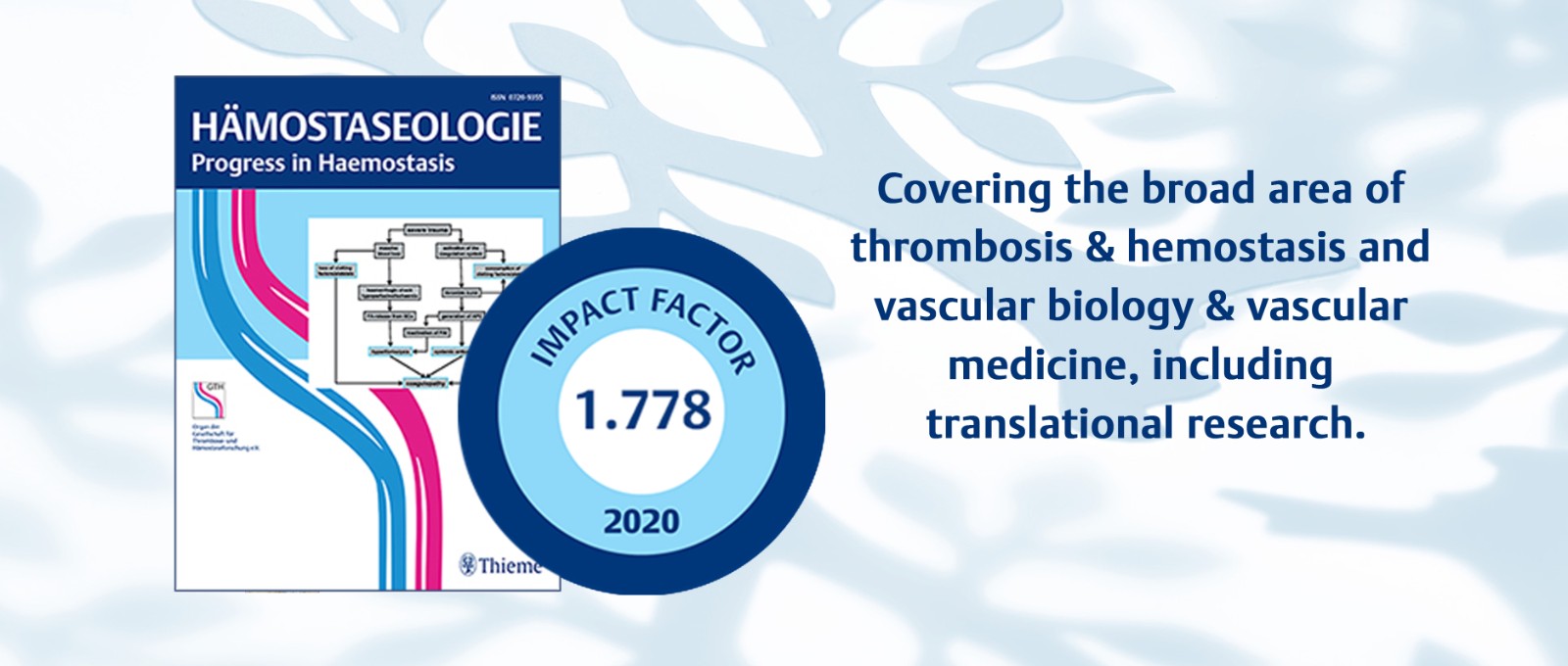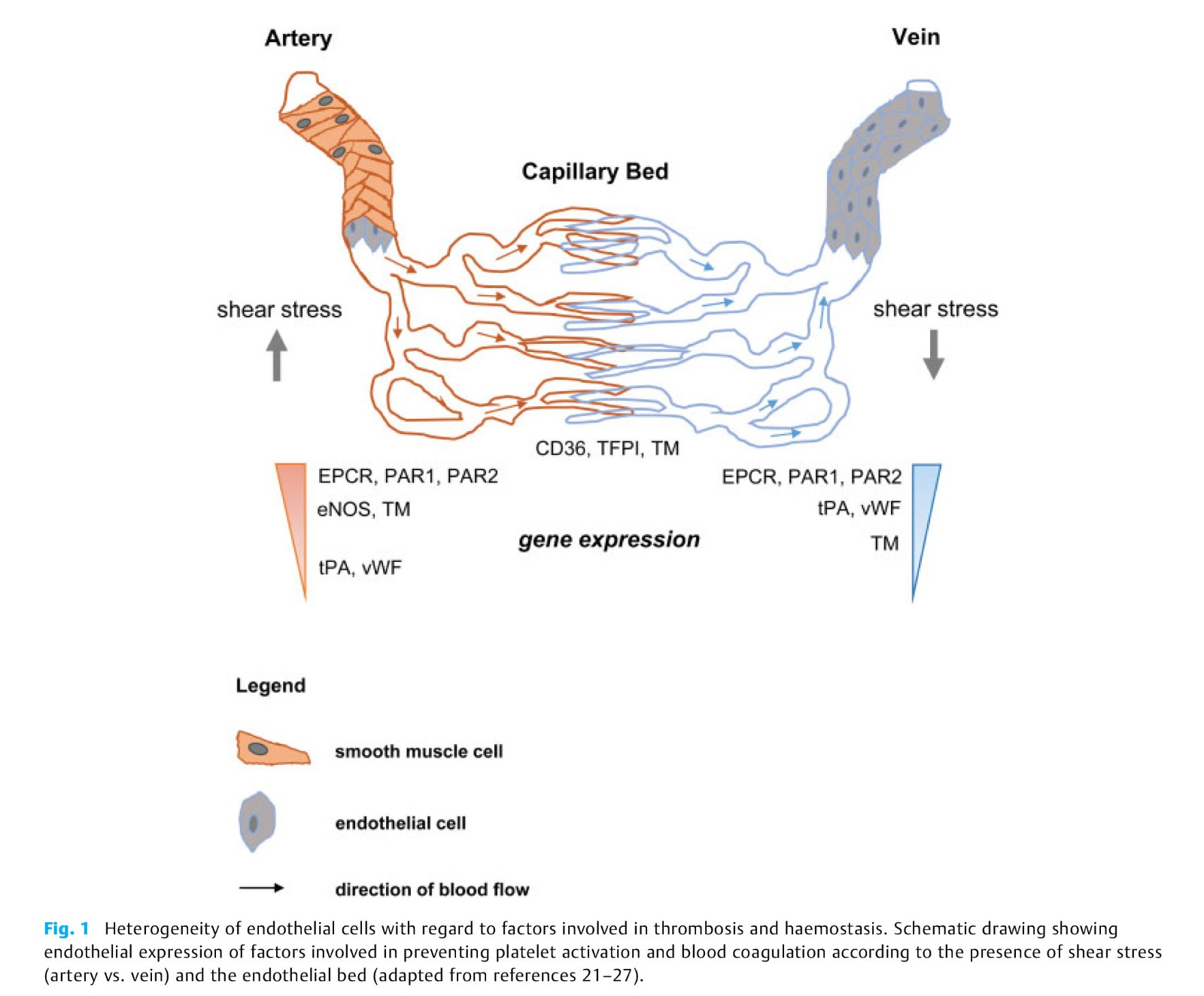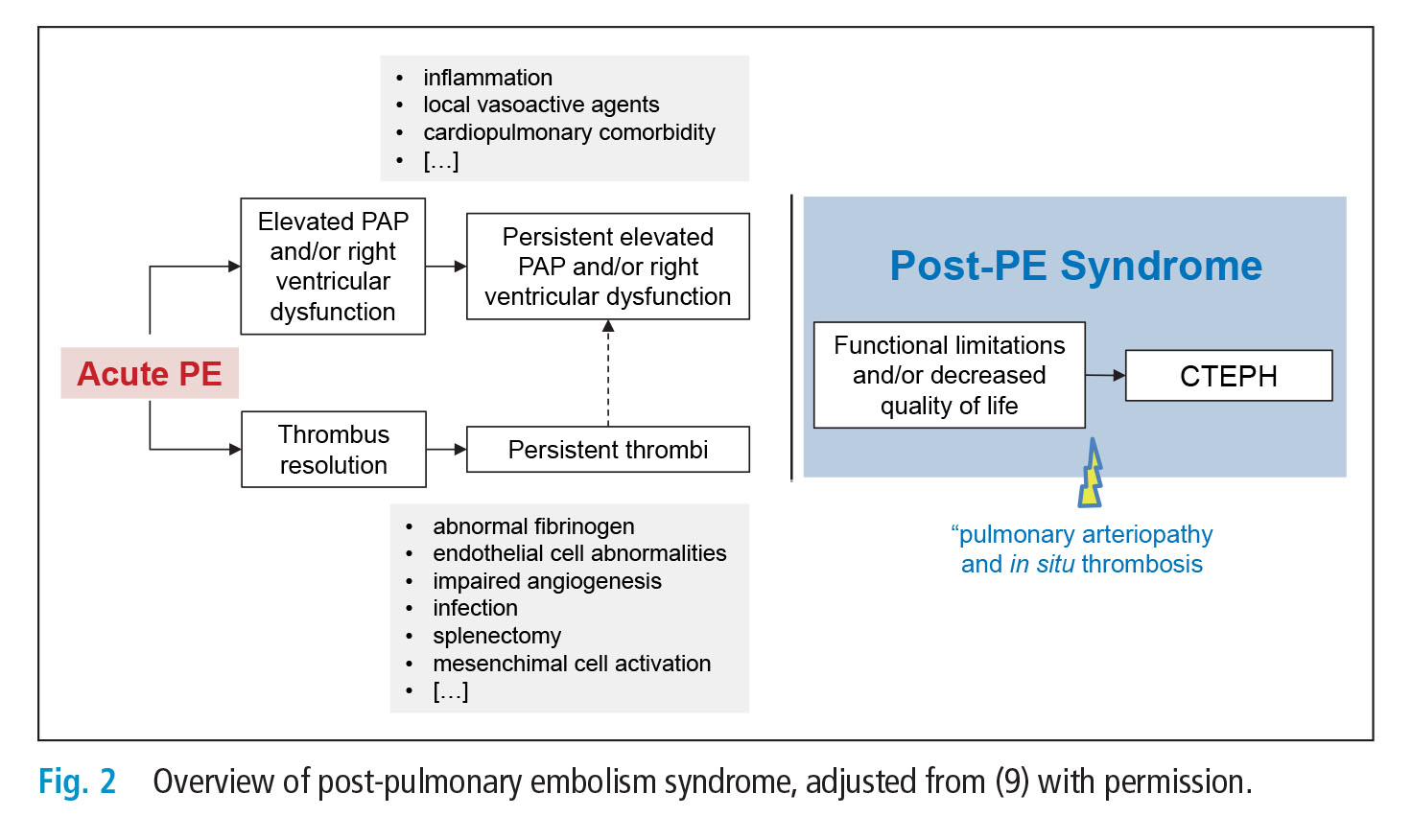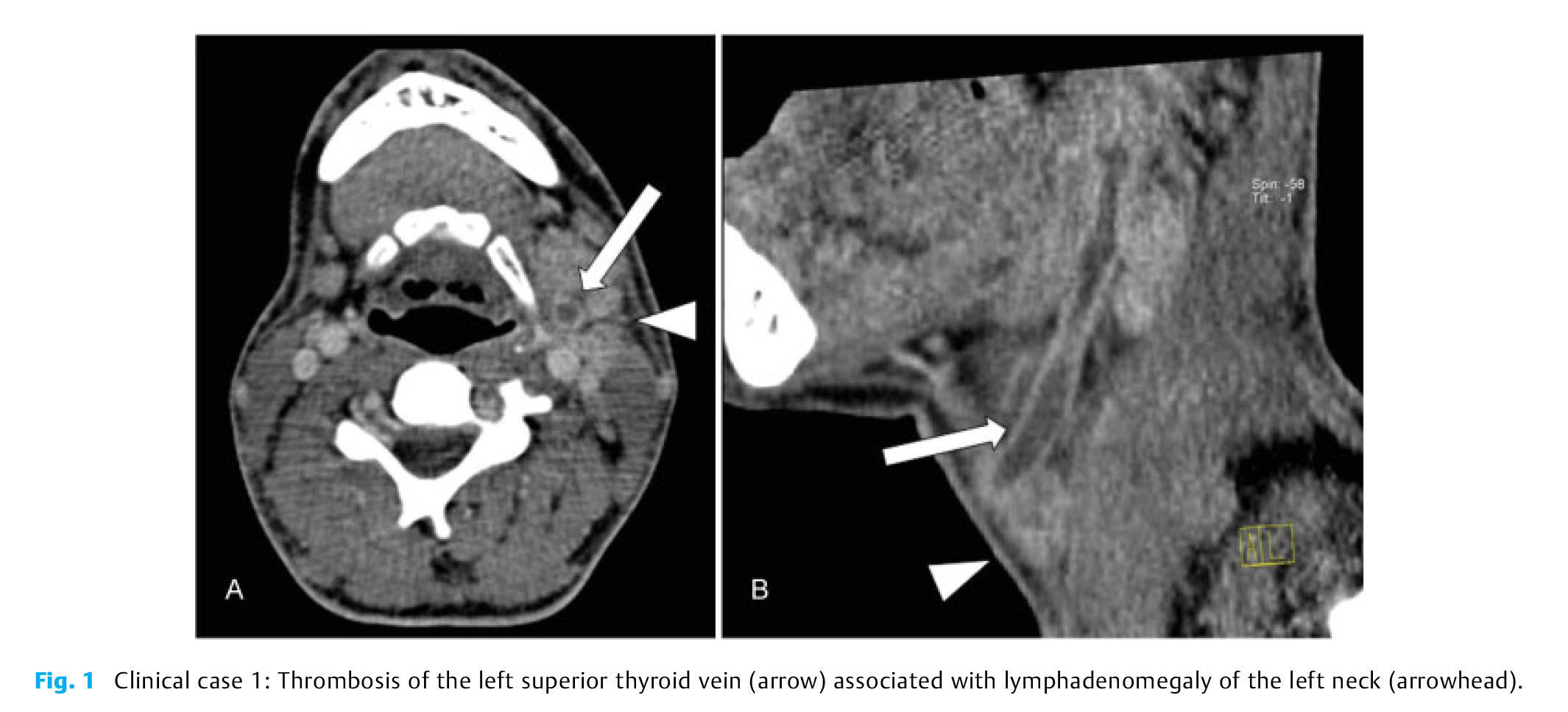

Thieme期刊Hämostaseologie的影响因子2020提高到了1.778。非常感谢所有作者、审稿人和编辑的支持和最宝贵的贡献。
以下三篇是被引用次数最多的论文,它们对影响因子的提高有着重要贡献,欢迎免费阅读。
Bochenek, Schäfer

Haemostasis encompasses a set of strictly regulated actions, such as vasoconstriction, platelet activation and blood coagulation. Endothelial cells play a crucial role in all of these processes and are an integral part of the vascular response to injury resulting in thrombus formation. Healthy endothelium expresses mediators to prevent platelet activation, including prostacyclin and nitric oxide, and to inhibit coagulation, such as thrombomodulin or RNase1. Upon activation, endothelial cells expose von Willebrand factor, integrins and other receptors to interact with activated platelets, erythrocytes and coagulation factors, respectively, resulting in blood clot formation. The endothelial cell response to cytokines and growth factors released from activated platelets and immune cells abundantly present in arterial and venous thrombi also plays an important role for thrombus resolution, whereas failure to completely resolve thrombi may initiate fibrotic remodelling and chronic vascular occlusion both in the arterial and venous tree. Therefore, endothelial cells are increasingly recognized as potential target to prevent thrombotic events and to accelerate thrombus resolution. Here, we discuss recent publications from our group in the context of other studies on the role of the endothelium during acute and chronic thrombotic events.
FA. Klok, S. Barco

In addition to among others major bleeding from anticoagulant therapy and recurrent venous thromboembolism (VTE), patients who survived acute pulmonary embolism (PE) face an increased risk of chronic functional limitations and decreased quality of life. In recent years, this latter complications have been better framed within the evolving definition of “post-PE syndrome” of which chronic thromboembolic pulmonary hypertension (CTEPH) represents the most extreme presentation. The post-PE syndrome in all its aspects is a frequent and clinically relevant long-term complication of PE but -except for CTEPH- has been largely understudied. There is great need to better define and understand the natural course of acute PE, to predict the development of the post-PE syndrome and to evaluate the potential benefits evolving treatments such as cardiopulmonary rehabilitation.
Sacco et al.

Lemierre syndrome usually affects otherwise healthy adolescents or young adults and occurs at an overall rate of 1 to 10 cases per million person-years with an estimated fatality rate of 4 to 9%. Diagnostic criteria remain debated and include acute neck/head bacterial infection (often tonsillitis caused by anaerobes at high potential for sepsis and vascular invasion, notably Fusobacterium necrophorum) complicated by local vein thrombosis, usually involving the internal jugular vein, and systemic septic embolism. Medical treatment is based on antibiotic therapy with anaerobic coverage, anticoagulant drugs and supportive care in case of sepsis. Surgical procedures can be required, including drainage of the abscesses, tissue debridement and jugular vein ligation. Evidence for clinical management is extremely poor in the absence of any adequately sized study with clinical outcomes. In this article, we illustrate two cases of Lemierre syndrome not caused by Fusobacterium necrophorum and provide a clinically oriented discussion on the main issues on epidemiology, pathophysiology and management strategies of this disorder. Finally, we summarize the study protocol of a proposed systematic review and individual patient data meta-analysis of the literature. Our ongoing work aims to investigate the risk of new thromboembolic events, major bleeding or death in patients diagnosed with Lemierre syndrome, and to better elucidate the role of anticoagulant therapy in this setting. This effort represents the starting point for an evidence-based treatment of Lemierre syndrome built on multinational interdisciplinary collaborative studies.
阅读本刊更多论文,请点击这里。
